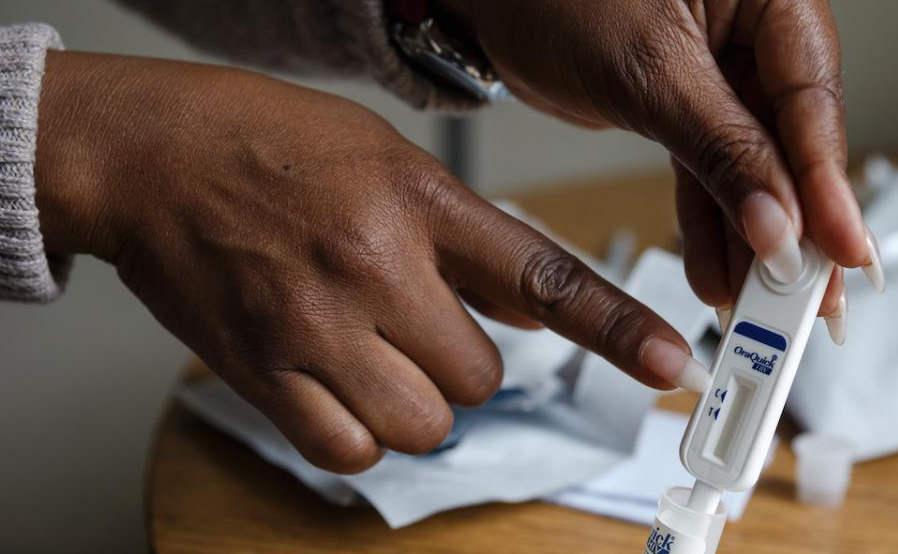The current shortage of condoms in Kenya is raising fears for a surge in HIV infections, which threatens to complicate the AIDS situation in the country. While the government has denied the shortage various players in the healthcare sector admit that the shortage has hit crisis levels, exposing Kenyans to unsafe sex.
The issue gained prominence during the Valentine’s Day celebrations, with fears of most Kenyans resorting to unprotected sex which not only exposes to HIV and STIs but also unwanted pregnancies. The issue comes at a time when HIV infection has started trending high again.
For the first time in more than a decade, the number of new HIV infections increased in 2021 by 7.3%, from 32,025 in 2020 to 34,540 in 2021, official statistics show. According to the 2022 World Aids Days report, in the last 10 years, Kenya has doubled the number of people diagnosed with HIV and on life-saving antiretroviral treatment from 490,437 in 2012 to 1,122,334 million people at the end of 2021, with 73.3% of those on treatment attaining viral suppression.
According to the report released by the National Syendemic Diseases Control Council (NSDCC) formerly NACC, 10 counties namely Nairobi, Kisumu, Homabay, Siaya, Migori, Nakuru, Mombasa, Kakamega, Kisii and Uasin Gishu, in that order, accounted for 57% of all new HIV infections recorded in 2021.
See >> Real Cause Of Current Condom Shortage In Kenya
Laikipia County led the country with a 25% reduction in new HIV infections between 2020 and 2021. Other counties including Nairobi, Uasin Gishu, Nakuru, Nyeri, Kilifi, Bomet, Kericho, Kiambu, Makueni and Elgeyo-Marakwet, made progress in the reduction of new HIV infections.
During the same period, there was an increase in new HIV cases by more than 30% in other low-burden counties. Samburu, Isiolo, Wajir, Marsabit, Turkana, Lamu and Tana River, increased the number of new HIV infections by more than 30pc between 2020 and 2021, with the highest increase occurring in Samburu County.
Read >> Hope For HIV Patients As Second Person Gets Cured
The study shows that women and girls continue to bear the brunt of the epidemic. In 2021, an estimated 70% (20,505) of all new HIV infections occurred among women and girls.
Women and girls tended to become infected at a much earlier age than men and boys of the same age with 8 out of every 10 new HIV infections recorded among adolescent girls and young women aged 15-24 raising the burden of the feminisation of the epidemic.
Among adult men and boys, those aged 20-39 contributed to 76% (6,700) of the 8,874 new HIV infections that occurred among those aged 15 and above.
Next >> The Five Companies Running Ruto’s Sh50B Hustler Fund













Leave a comment